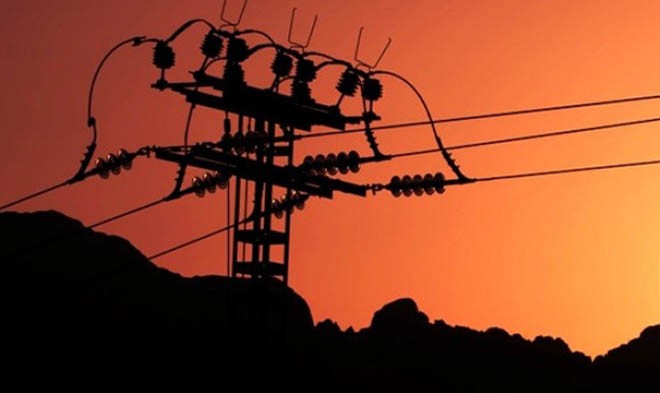
Are the provinces prepared to produce electricity and make infrastructure to meet the energy demand at the provincial level?

Under the 18th Amendment, provinces have been authorised to set up their own power houses of any generation capacity. Earlier, there was an upper limit of 50 MW, which has been removed.
In addition to this, Section 157 of the Constitution of Pakistan allows the provinces to even lay transmission lines for use within their territorial boundaries and determine tariff for distribution of electricity within the province.
The federal government has also been directed to consult with the provinces where it wants to set up power houses and take such matters to the Council of Common Interest (CCI) for directions.
Against this backdrop, different provincial governments have developed plans and started working on their own power projects. For example, in Punjab "Wind Corridors" have been identified at Kallar Kahar and Rajanpur solar power generation zones in Southern Punjab.
The Sahiwal Coal Power Plant, Bhikki Power Plant, and the Quaid-i-Azam Solar Power Plant in Bahawalpur are few examples of power houses set up by the Punjab government. Similarly, Dargai hydel energy plant in KP and gas-powered Nooriabad plant and Engro-funded power plant in Thar, Sindh are projects of the provinces.
While it all looks fine on paper, there are issues that do not allow the provinces to exploit their full potential. Khalid Mustafa, a senior journalist with expertise in power sector reporting, says the provinces lack the expertise and financial resources to go ahead with their plans. "Secondly, they are not in a position to provide sovereign guarantees to secure international funding from the project. They cannot directly consume the energy they produce as they do not have their own distribution network and they receive their share from the national grid," he adds.
Read also: Long way to conservation
Mustafa believes the immediate incentive to the provinces is that they can sell this energy at a profit through the Central Power Purchasing Agency (CPPA). He says the Sindh government and Engro are partners and, therefore, selling their electricity through this method.
However in case of Nooriabad power plant, the Sindh government has laid a 95-km transmission line at a cost of Rs2 billion. The power produced at this 100 MW plant, set up at a cost of Rs13 billion, will be transmitted through this line to K-Electric and sold to it at a profit. "The Sindh Transmission and Despatch Company (STDC) has also been established to develop distribution networks in the province," he informs.
Senior economist, Kaiser Bengali, says it is a big question as to how will the provinces benefit if they have to ultimately receive their share from the national grid. "There is no clarity on whether the province producing electricity will get any preference when it comes to its consumption. Setting up transmission networks is not an easy task," he says.
He thinks the federal government is not playing fair and has not taken the Sindh government on board while setting up power projects based on coal and LNG. "Amazingly, the federal government’s stance was that the projects based on imported fuel are purely in federal government’s domain as international trade is a federal government subject," he concludes.